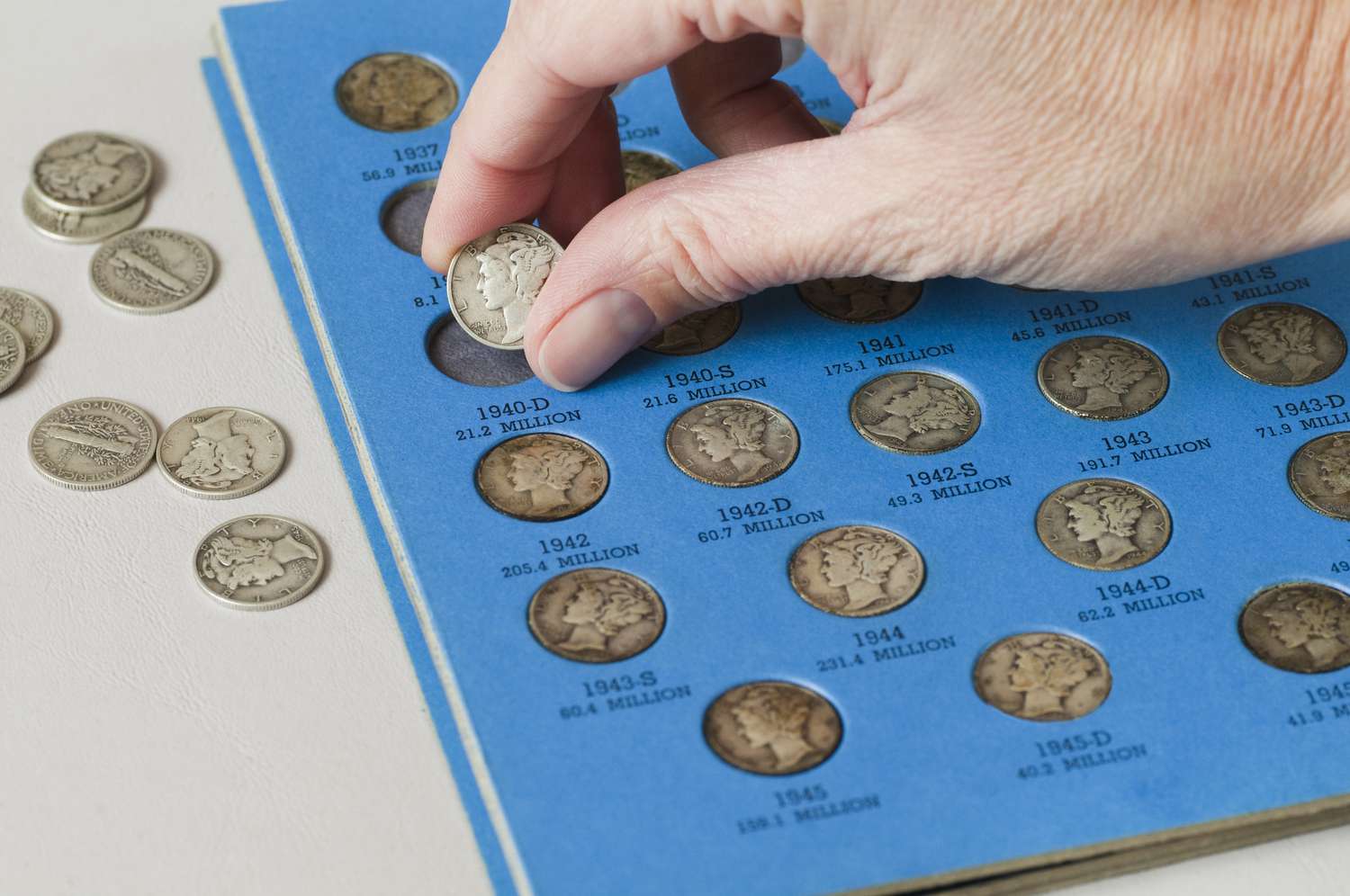Begin Your Rare Coin Collection
When the world of coin collecting catches your interest, you're discovering a captivating path into numismatic study. This engaging hobby offers a perfect blend of historical exploration and artistic appreciation. Getting started means understanding coin categories, minting techniques, and preservation methods.

Exploring the World of Coin Collecting
The field of coin collecting encompasses an incredible array of denominations, designs, and origins. Early American coinage demonstrates various minting techniques and design elements, while commemorative pieces showcase artistic developments through different eras. Proof sets display exceptional strike quality and finishing techniques. Understanding these different categories helps develop appreciation for numismatic variety.
Consider these distinctive examples:
The Morgan Silver Dollar (1878-1921) showcases classical American design elements
The Saint-Gaudens Double Eagle demonstrates the pinnacle of American coin artistry
The Lincoln Wheat Penny (1909-1958) represents evolving production techniques
Understanding Different Coin Types
American coinage includes many historically significant categories. Nineteenth-century pieces show early minting processes, while twentieth-century coins demonstrate evolving production techniques. Design changes often reflected important historical events or artistic movements of their time. Modern commemorative issues continue this tradition of marking significant occasions through numismatic art.
Notable examples include:
The Flying Eagle Cent (1856-1858) illustrates early die preparation methods
The Buffalo Nickel (1913-1938) showcases indigenous American artistic themes
The Walking Liberty Half Dollar demonstrates advanced striking techniques
Learning About Production Methods
Different minting processes created distinct characteristics in coins. Some pieces show evidence of specific striking techniques, while others demonstrate particular die preparations. Various mint marks indicate different production locations, each with its own historical significance. Understanding these production aspects adds depth to numismatic knowledge.
Key production features:
Philadelphia Mint pieces often lack mint marks, reflecting their status as the original mint
Denver (D) and San Francisco (S) mint marks indicate different production facilities
Proof coins display mirror-like fields and frosted designs
Building Your Collection
Starting a collection involves learning about preservation and authentication. Attend coin shows, visit museums, and connect with experienced collectors to develop expertise. Focus on areas that particularly interest you, whether specific time periods or minting techniques. Many collectors find that specializing in certain categories helps build deeper understanding.
Popular collecting categories:
Type Collections: One example of each design from a specific period
Year Sets: Complete collections from specific years
Mint Mark Sets: Collections showing different production locations
Preserving Your Collection
Proper care and storage protect coins for future study. Professional numismatists recommend specific storage conditions and handling techniques. Protective holders and climate control help maintain stable preservation environments. Understanding these conservation methods ensures proper maintenance of historical pieces.
Preservation essentials:
Mylar holders protect against environmental damage
Temperature-controlled storage prevents degradation
Cotton gloves prevent harmful skin oils from contacting coins
The Educational Journey
Coin collecting connects you with history through tangible artifacts. Each piece offers insights into economic conditions, artistic movements, and technological capabilities of its era. Many collectors find that researching historical context adds significant depth to their numismatic appreciation.
Historical learning opportunities:
The 1804 Silver Dollar tells stories of early American diplomacy
Depression-era coins reflect economic conditions through metal content
Wartime nickels demonstrate material adaptations during conflict


